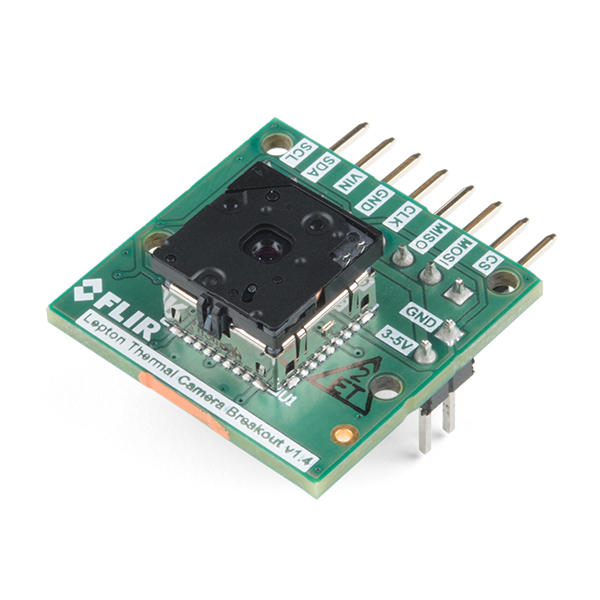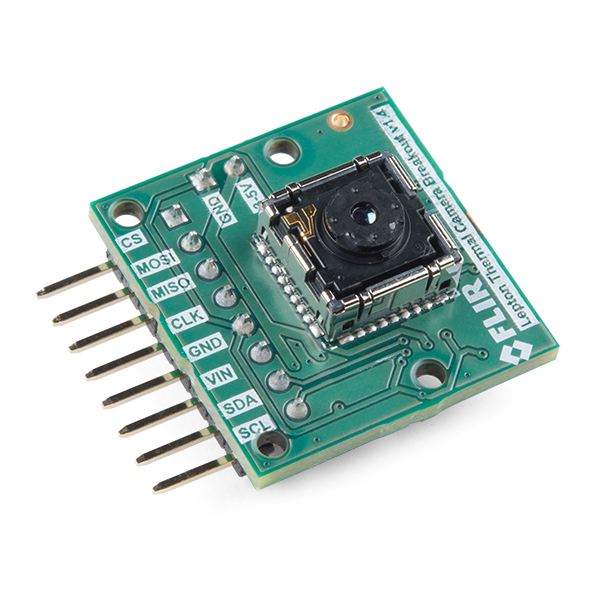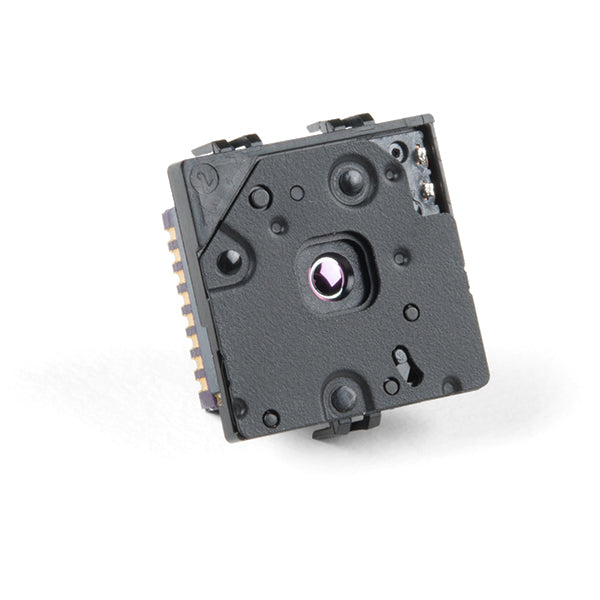

They’re not going to hurt their main line of business for the sake of what is essentially a speculative long-tail side venture. Second, their gross profitability all stems from big institutional sales, and cheap high res radiometric interoperable sensors would endanger their price and requirements deliverables negotiations. So they’re moving cautiously and probably making mistakes that wouldn’t be mistakes in their primary line of business. That has two implications.įirst, they’re not used to consumer markets or two-sided prosumer ecologies. the small prizes here are just a token from me to say thanks, the real thanks will come from seeing a great many new projects enabled by these contributions using these two low-barrier-to-entry platforms (the ESP32 Arduino platform and Raspberry Pi Zero W).įlir’s primary market is b2b and govt. the primary return you get as an open source contributor is seeing folks use your work, learn from it, and build amazing things with it - and that’s worth more than any financial prize. if you’re primarily motivated by financial incentives, then this likely isn’t a good fit - i am in no way anywhere near cash positive on the many contributions i’ve made, from the open source science tricorders, or open source computed tomography scanners, or the recent magnetic camera. it’s only by standing on each other’s shoulders that we have the incredible community resources we have now, and only by sharing our discoveries that we get to stand a little higher tomorrow. Open source hardware is driven by a community of contributors who enjoy discovery, a challenge, and giving back to the community by sharing their discoveries and work. Posted in contests, hardware Tagged contest, flir, Flir lepton, thermal imaging camera Post navigation And the challenge of solving a tricky problem and making designs easier for others is a powerful motivator. Peter has a $125 Sparkfun gift card on offer for each of the two winners.
Lepton flir sparkfun drivers#
The goal here is to create useful Open Source drivers for some very interesting hardware, and there’s some prizes to sweeten the pot. This really is a great example of what the Hackaday.io community is capable of. You can understand how he became interested in portable, and we’re sure whatever project he has in mind for this battery-powered Flir will be awesome.

Peter Jansen is the creator of the Open Source Science Tricorder (yes, it’s a tricorder) which took Fourth Prize in the 2014 Hackaday Prize. The Lepton gives any project thermal imaging, and the PureThermal board turns the Lepton into a USB device. For a pair of Benjamins, the specs are very impressive: the Lepton has a resolution of 60×80 pixels and everything is can be read over an SPI port. The Flir Lepton is a tiny little thermal camera that’s been available to the Maker community for some time now, first through GroupGets and now through Sparkfun. There are two challenges here, one for the Raspi and one for the ESP32 and winner will be named for each.
Lepton flir sparkfun software#
Any software in this challenge must spit out absolute temperature values in a text format, and there must be a demonstration of putting the Flir Lepton into low-power mode. The rules for this challenge are to use the Flir Lepton 2.5 in radiometric mode using either the Raspberry Pi Zero W or ESP32. Yes, this is a documented feature in the Flir Lepton module, but so far very few people are using it, and no one has done it with a small, battery-powered device. There’s a catch, though: this is a project to use the Lepton in radiometric mode, where the camera spits out an actual temperature value for each pixel.

Use a Flir Lepton thermal imaging camera module in a battery-powered configuration. Peter Jansen has opened up the Hot Camera Contest on Hackaday.io to use a thermal imaging camera in a battery-powered project. Here’s a challenge for all you hardware hackers out there.


 0 kommentar(er)
0 kommentar(er)
